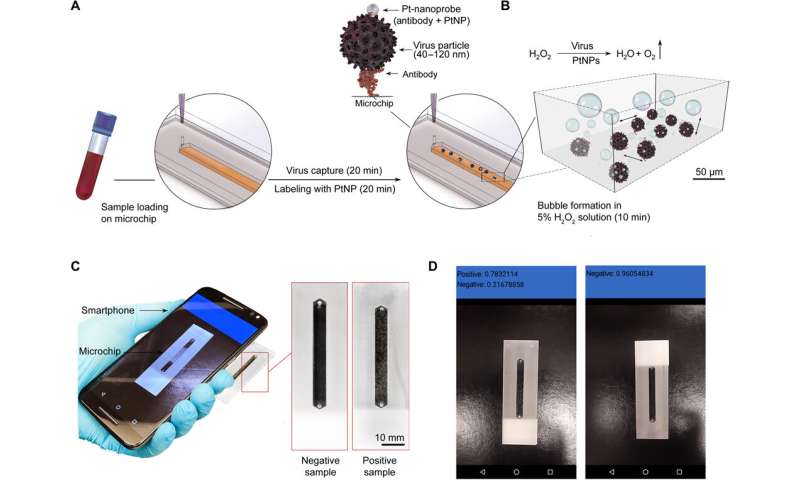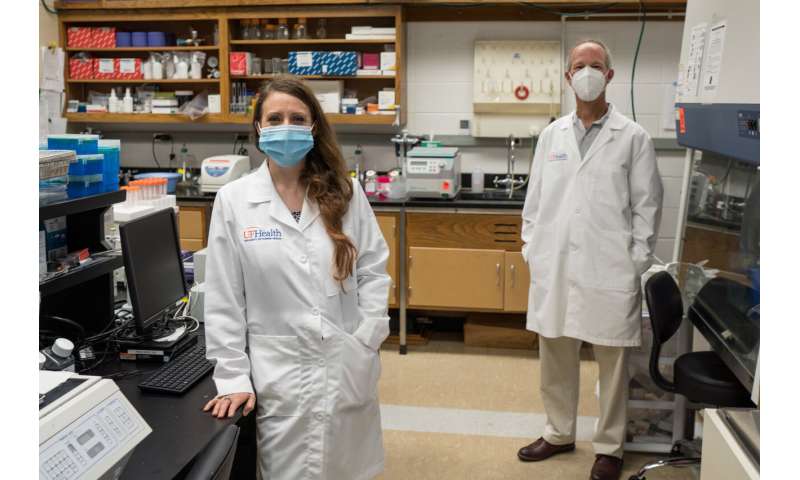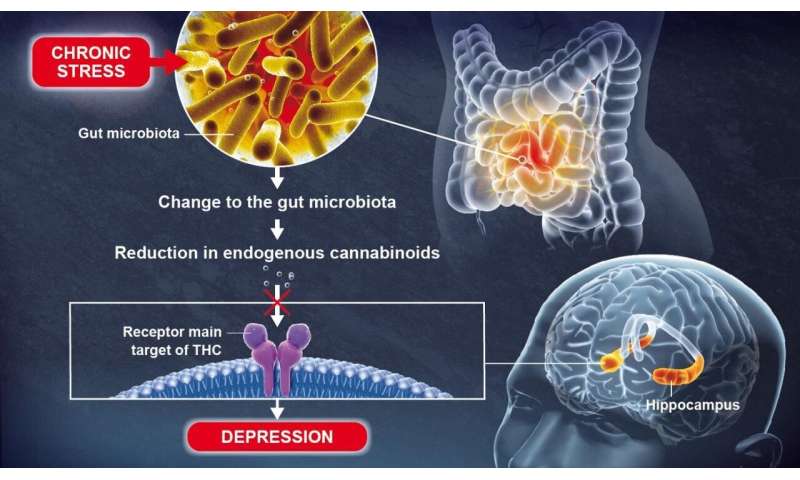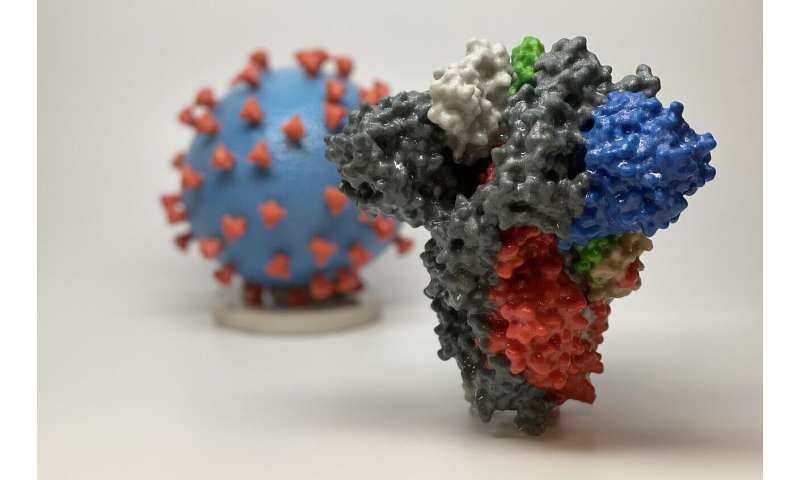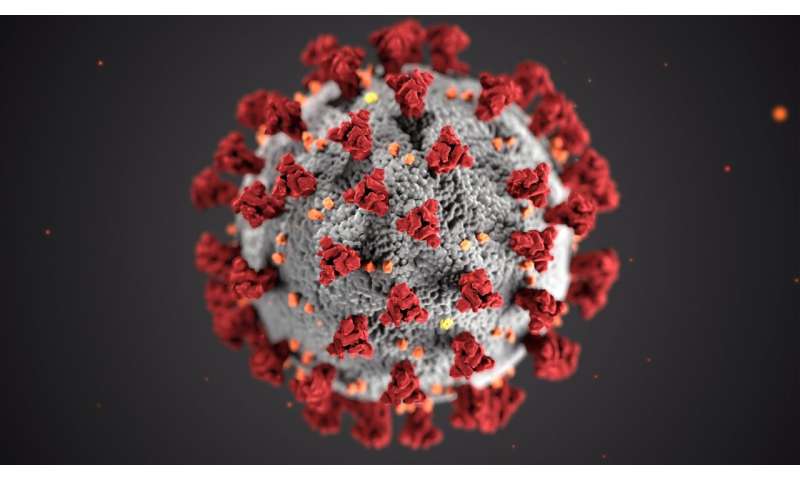LED lights found to kill coronavirus

Researchers from Tel Aviv University (TAU) have proven that the coronavirus can be killed efficiently, quickly, and cheaply using ultraviolet (UV) light-emitting diodes (UV-LEDs). They believe that the UV-LED technology will soon be available for private and commercial use.
17 december 2020--This is the first study conducted on the disinfection efficiency of UV-LED irradiation at different wavelengths or frequencies on a virus from the family of coronaviruses. The study was led by Professor Hadas Mamane, Head of the Environmental Engineering Program at TAU's School of Mechnical Engineering, Iby and Aladar Fleischman Faculty of Engineering. The article was published in November 2020 issue of the Journal of Photochemistry and Photobiology B: Biology.
"The entire world is currently looking for effective solutions to disinfect the coronavirus," said Professor Mamane. "The problem is that in order to disinfect a bus, train, sports hall, or plane by chemical spraying, you need physical manpower, and in order for the spraying to be effective, you have to give the chemical time to act on the surface. Disinfection systems based on LED bulbs, however, can be installed in the ventilation system and air conditioner, for example, and sterilize the air sucked in and then emitted into the room.
"We discovered that it is quite simple to kill the coronavirus using LED bulbs that radiate ultraviolet light," she explained. "We killed the viruses using cheaper and more readily available LED bulbs, which consume little energy and do not contain mercury like regular bulbs. Our research has commercial and societal implications, given the possibility of using such LED bulbs in all areas of our lives, safely and quickly."
The researchers tested the optimal wavelength for killing the coronavirus and found that a length of 285 nanometers (nm) was almost as efficient in disinfecting the virus as a wavelength of 265 nm, requiring less than half a minute to destroy more than 99.9% of the coronaviruses. This result is significant because the cost of 285 nm LED bulbs is much lower than that of 265 nm bulbs, and the former are also more readily available.
Eventually, as the science develops, the industry will be able to make the necessary adjustments and install the bulbs in robotic systems or air conditioning, vacuum, and water systems, and thereby be able to efficiently disinfect large surfaces and spaces. Professor Mamane believes that the technology will be available for use in the near future.
It is important to note that it is very dangerous to try to use this method to disinfect surfaces inside homes. To be fully effective, a system must be designed so that a person is not directly exposed to the light.
In the future, the researchers will test their unique combination of integrated damage mechanisms and more ideas they recently developed on combined efficient direct and indirect damage to bacteria and viruses on different surfaces, air, and water.
